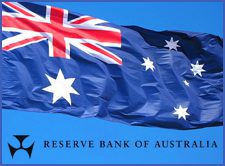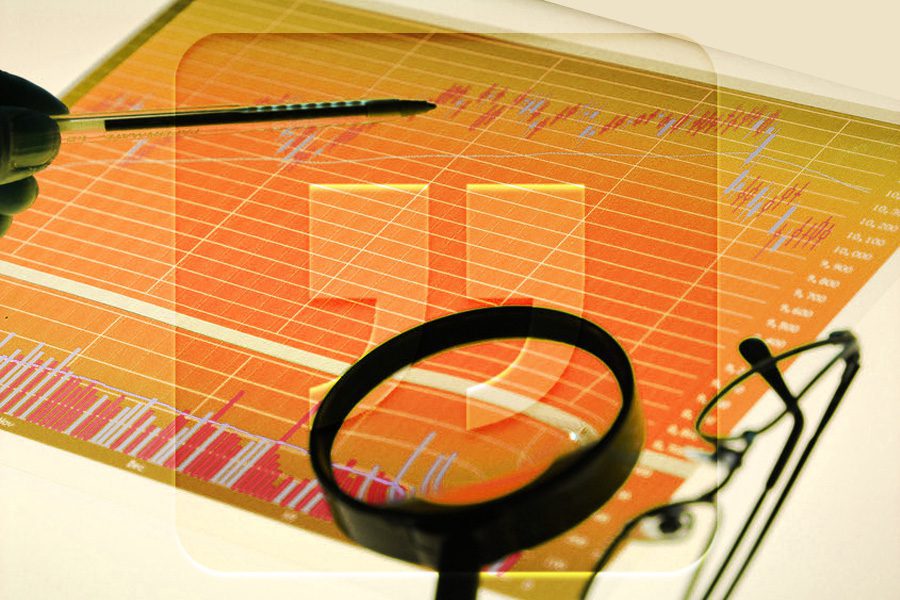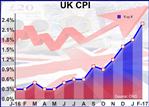Members of the Reserve Bank of Australia's monetary policy board expect to see consumer prices continue to rise, although at a gradual pace, minutes from the bank's March 7 meeting revealed on Tuesday.
At the meeting, the central bank held its benchmark lending rate steady at 1.50 percent as expected, after reducing the rate by 25-basis points each in August and May.
"The board judged that holding the stance of policy unchanged at this meeting would be consistent with sustainable growth in the economy and achieving the inflation target over time," the minutes said.
The members noted that the Australian economy is continuing to move away from a focus on mining investment, in spite of a mild rebound in commodity prices, the minutes showed.
Terms of trade have also increased in recent months.
The economic outlook continues to be underpinned by the lower interest rates.
"Looking forward, year-ended growth was expected to pick up gradually to be above its potential rate over the forecast period," the minutes said.
However, the RBA noted that an appreciating exchange rate would complicate this adjustment.
Further, the bank observed varying conditions in the housing market around the country. Borrowing for housing also picked up over the recent months. Nonetheless, supervisory measures have contributed to some strengthening of lending standards.
"Domestic wage pressures remained subdued and household income growth had been low, which, if it were to persist, would have implications for consumption growth and the risks posed by the level of household debt," the minutes said.
Also on Tuesday, the Australian Bureau of Statistics said that house prices in Australia advanced 4.1 percent on quarter in the fourth quarter of 2016. That beat forecasts for a gain of 2.5 percent following the 1.5 percent increase in the third quarter.
On a yearly basis, prices spiked 7.7 percent – again beating estimates for 6.3 percent and up from 3.5 percent in the three months prior.
Melbourne saw the largest through the year at 10.8 percent, followed by Sydney at 10.3 percent.
Attached dwellings prices fell in Perth (1.7 percent), Brisbane (1.3 percent) and Darwin (2.5 percent), while prices rose in all other capital cities.
The total value of Australia's 9.8 million residential dwellings increased A$274.2 billion to A$6.4 trillion.
by RTT Staff Writer
For comments and feedback: editorial@rttnews.com
Forex News




